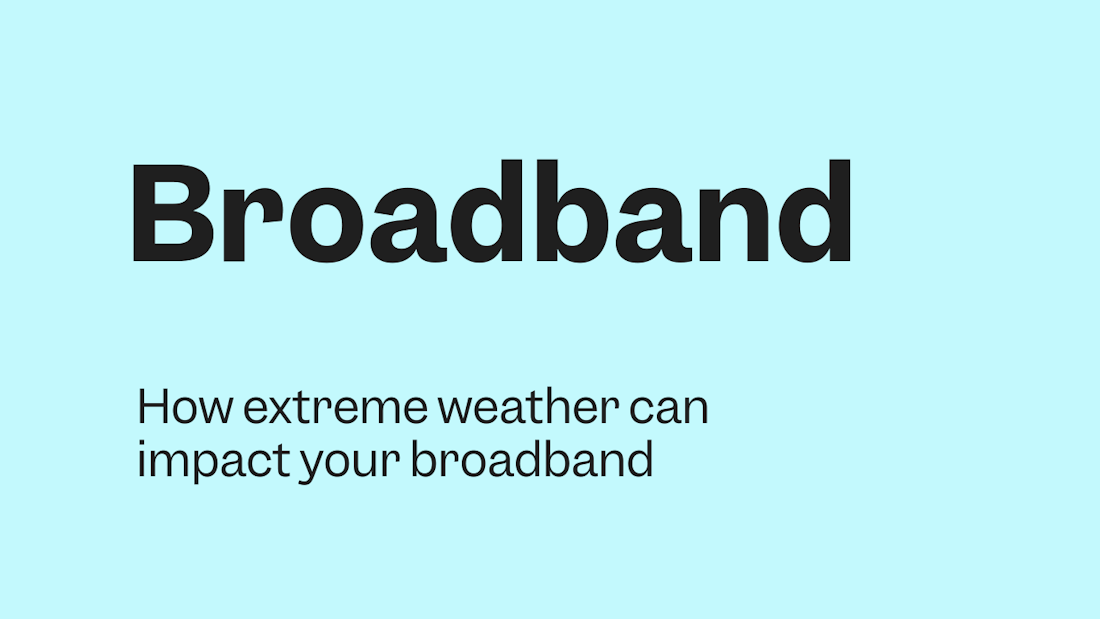
- ArticlesBrandHow stuff works
What is Ping?
At Cuckoo, we like to keep things simple. So welcome to Jargon Busters - a series of quick guides that decode the technical claptrap that other broadband providers seem to love. Starting with…ping.


John Vinton | Copywriter
At Cuckoo, we like to keep things simple. So welcome to Jargon Busters - a series of quick guides that decode the technical nonsense that other broadband providers seem to love. This time we’re looking at…latency.
In the broadband world, the terms latency and ping get mixed up as much as Ant and Dec. But it’s actually quite simple. Latency measures how quickly your internet connection reacts. Ping is the unit of measurement.
Latency is how long it takes a signal to travel from your device to the server. This depends on the quality of your connection, not just the speed. With latency (like golf), a low number is good. The lower the latency, the better time you’ll have gaming, streaming or WFH-ing.
Ping is the unit used to measure latency, in milliseconds. When you press a button, a signal pings out to the server and gets pinged back. How quickly this happens is your ping rate. It all started with WW2 submarines and sonar apparently.

Just to muddy things further, another buzzword you might hear is lag. Lag is the delay caused by high latency. When you try to blast a zombie and the game doesn’t respond immediately to your command, that’s lag. Which is good for the zombie but less good for your score.
Not only will your game feel sluggish, high latency also means it can stutter, refresh too slowly, freeze or even crash completely. And it’s not just gamers who suffer. If you’re on video calls all day, you could have problems with the quality of picture and sound. Uploading and downloading big files will also take longer.
There are lots of reasons for high latency, but the good news is that you can actually do something about many of them.
🤗 Cosy up to your router
For a stronger, more stable connection, the first thing to do is get as close as possible to your router. Because solid furniture and some building materials can block the signal. Here’s how.
cuckoo.co/guide/best-broadband-for-home-working
🔌 Plug it in
Wireless connections can be affected by interference from other devices, thick walls and even fish tanks. So plug in directly with an ethernet cable and stop blaming the clownfish.
♻ Out with the old
Your old router probably isn’t cutting it anymore. Cuckoo customers get the latest super smart eero Pro 6E with TrueMesh technology to connect up to 100 devices, all over your home.
⚡ Fill your boots with full fibre
Full fibre means a fibre optical cable connected directly to your home. If you’re still relying on old copper cables, speed and reliability will always be a problem. Time to switch to Cuckoo.
If you’ve tried all the top tips above, here are a few others that could help you squeeze every drop of speed out of your broadband.
📱 Zap those apps
Too many apps running in the background can cause delays. Think of your internet connection as the M6 to Birmingham. The more traffic there is, the slower everything gets.
⌚ Time your downloads
Make sure you’re not downloading (or uploading) anything when you’re about to start a big Zoom meeting. And ask your family and friends not to live stream games or HD stream Netflix.
📴 Turn it off and on again
It’s a real classic. But restarting your router can help improve latency problems. That’s because after a while it can get clogged up with unnecessary data. A reboot often works wonders.
There’s no exact number for a ‘good’ latency speed because a lot depends on what else is going on. Are you sharing with a houseful of gamers or film buffs, for example? But here’s a rough guide to the milliseconds that matter:
4ms : Super-duper fast and usually only seen in high-end gaming monitors and professional networking equipment. A speed like this gives you a virtually lag-free experience.
20-40ms : Gamers and WFH-ers will be pretty happy with this level of latency. You can conquer distant galaxies and rule Powerpoint presentations with no problems.
100ms : Anything up to 100ms will do nicely for most general-purpose internet use, including a spot of retail therapy, streaming Dune 2 and sharing your lunch on Instagram.
200ms : This is the point where video starts b..b..buffering or freezing or dropping out and uploads and downloads start sloooowing right down. Time to switch to fast, fair, feel-good broadband.
If you’re not sure what your latency is, it’s easy to run a speed test. Our simple guide will show you how. To get an accurate picture, do it at a few different times of day and on a few different devices.

At Cuckoo, we like to keep things simple. So welcome to Jargon Busters - a series of quick guides that decode the technical claptrap that other broadband providers seem to love. Starting with…ping.

The British countryside is lovely to look at. But not always so great when making a call on your mobile. That’s because the signal in rural areas can be patchy or even non-existent. With Wi-Fi calling, your call uses a broadband connection instead which is much more reliable. Problem solved.

The gale force winds, heavy rain and extreme temperatures we’re increasingly facing can have an impact on your broadband.